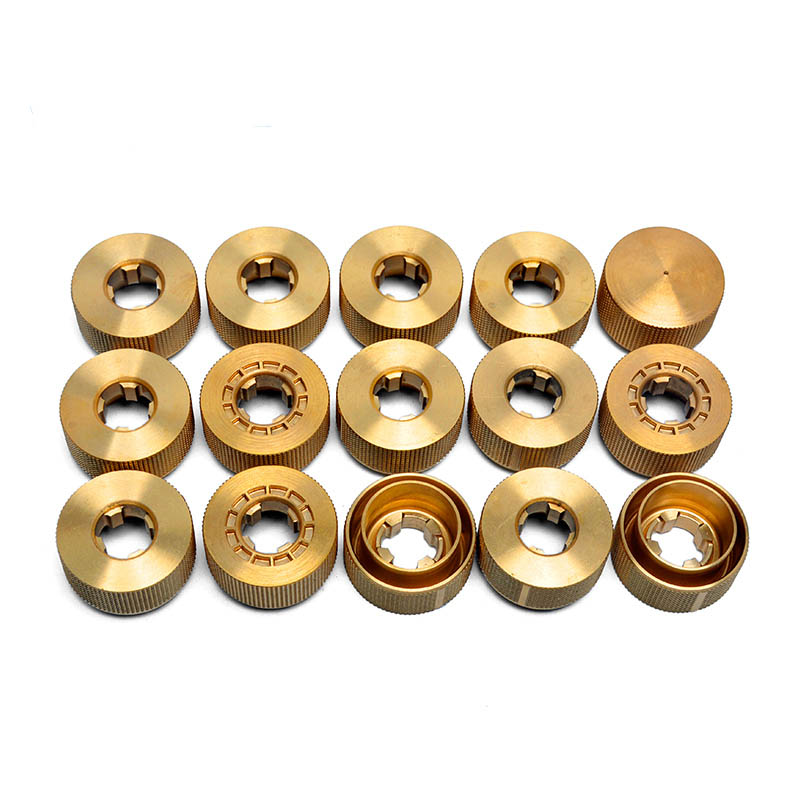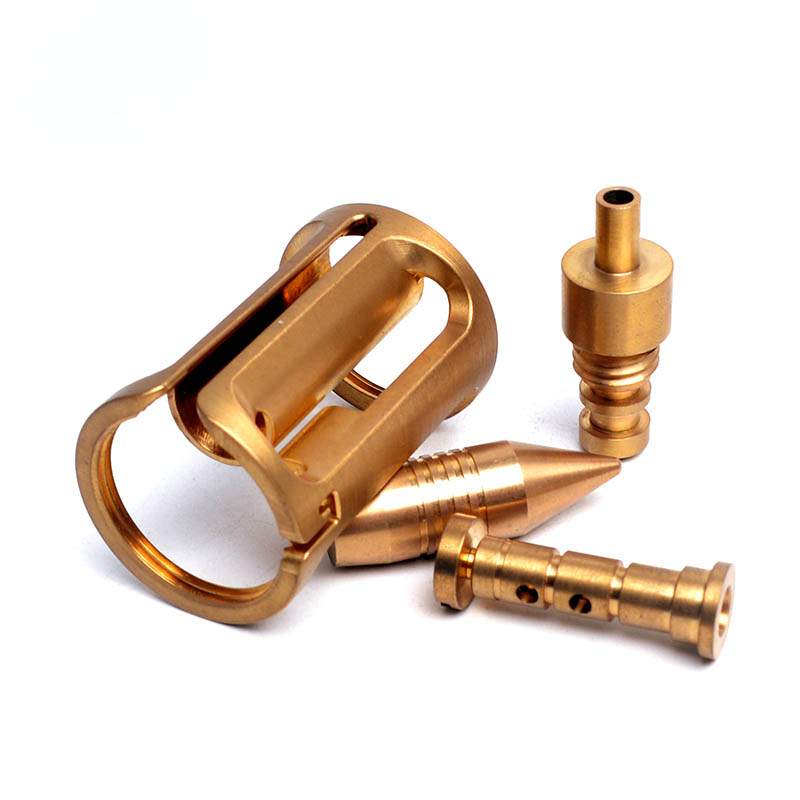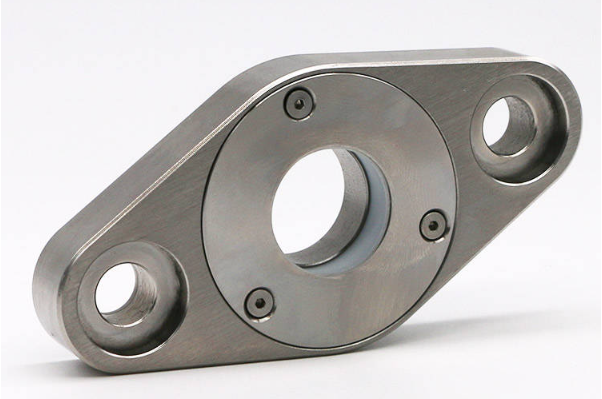
Copper alloys are widely used in automated equipment, electronics, energy systems, and precision instruments. Despite their excellent mechanical, thermal, and electrical properties, their machinability varies considerably.
Understanding these properties helps engineers select appropriate materials and ensure stable and cost-effective production.
The following is a practical engineering analysis of the most commonly used copper alloys and their machining challenges.
1. Brass (Copper-Zinc Alloy)
Machining Characteristics
- Excellent machinability
- Smooth cutting, low tool wear
- Good dimensional stability
- Suitable for high-volume CNC machining
Common Challenges
- Zinc evaporation at high temperatures
- Insufficient tool sharpness can cause burns
- Improper coolant control can lead to surface oxidation
Best Applications
Valve bodies, pipe fittings, gears, connectors, decorative parts
2. Bronze (Copper-Tin Alloy)
Machining Characteristics
- Strength and wear resistance superior to brass
- Suitable for sliding/wear applications
- Higher hardness, slightly more difficult to machine
Common Challenges
- High chip hardness, may damage tools
- Feed rate control is required to avoid chatter
- Heat accumulation can affect dimensional accuracy
Best Applications
Bearings, bushings, gears, marine hardware
3. Copper-Nickel Alloy (Cu-Ni)
Machining Characteristics
- Excellent corrosion resistance (especially seawater corrosion)
- Tougher and more ductile than brass/bronze
- Poor machinability due to work hardening tendency
Common Challenges
- Rapid tool wear
- Intense work hardening requires precise cutting strategies
- Heat buildup leads to surface hardening and poor finish
Best Applications
Marine components, pumps, chemical equipment, heat exchangers
4. Beryllium Copper (Cu-Be)
Machining Characteristics
- Extremely high strength and hardness (similar to tool steel)
- Excellent spring properties
- Suitable for precision, high-load components
Common Challenges
- High hardness, difficult to machine
- Requires rigid fixtures and high-quality tools
- Dust must be controlled for safety (beryllium machining specifications)
Best Applications
Precision springs, connectors, aerospace components, mold inserts
General Machining Technology Alloys for Copper
Regardless of the alloy, the following methods ensure consistent machining quality:
- Use sharp carbide tools to prevent burr formation.
- Use appropriate cutting fluid to control temperature. Optimize feed rates to avoid work hardening.
- Use rigid fixtures to minimize part vibration.
- Check hardness and alloy composition and adjust cutting parameters accordingly.
These factors can reduce machining time, tool breakage, and material waste.
Why Choosing the Right Supplier is Crucial
Copper alloys may look similar, but machining them requires extensive experience, suitable tools, and strict process control.
A good supplier can help you:
- Achieve tight tolerance control
- Improve surface finish
- Reduce production costs
- Ensure consistency in batch production
If your project requires high-precision machining of copper alloys, we can support you from material selection to final inspection..
If you’re looking to use copper alloy in your automotive projects, contact us today. We’ll help you choose the right copper grade and create parts that fit your design and performance goals.




